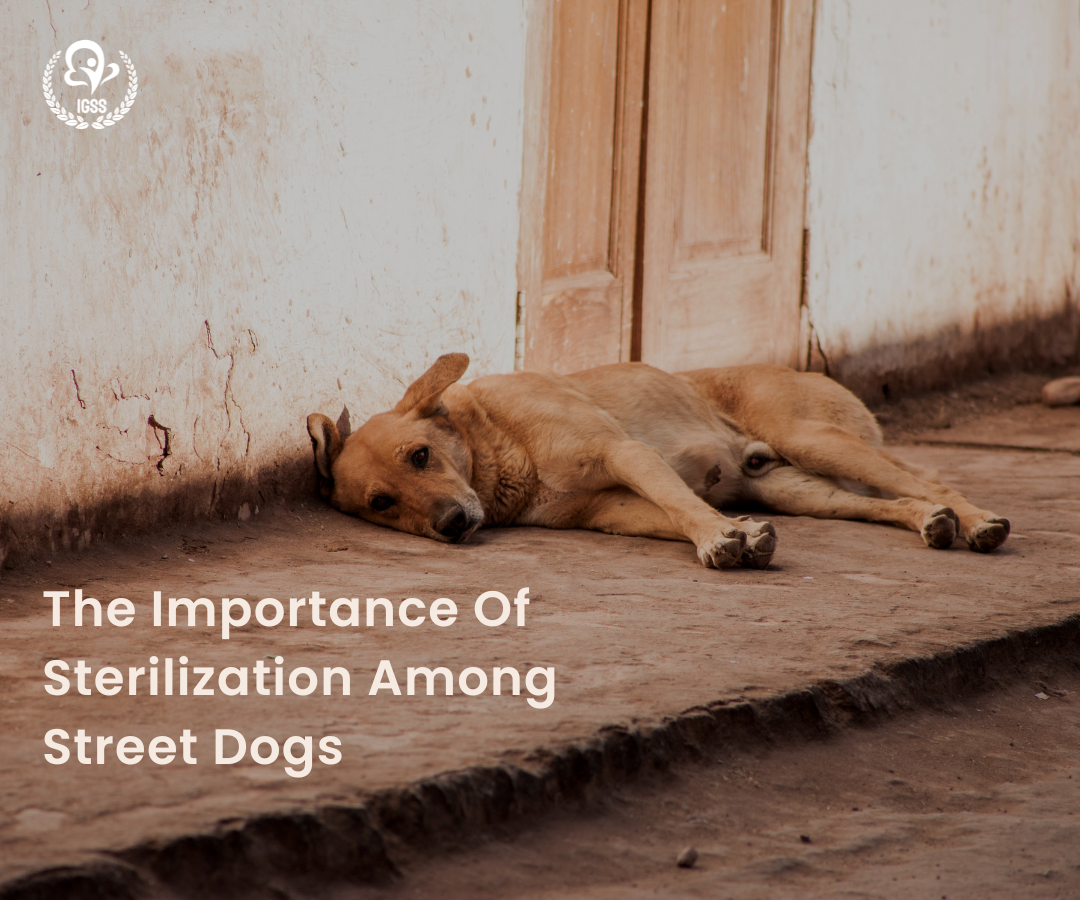
In India, there are an estimated 75.9 million dogs (55 dogs per 1000 people), including 62.1 million street dogs (45 dogs per 1000 people) and 13.9 million owned dogs (10 dogs per 1000 people).
Free-roaming dogs are those that live on the streets unsupervised by a human being right away. This term covers actual street dogs as well as owned dogs who live on the streets and are frequently permitted to roam. A dog that is born on the streets, lives there, and successfully breeds there is referred to as a street dog. There are a lot of canines roaming free in India, most of which are street dogs.
Street dogs often receive little to no veterinary treatment and rely on food offerings from regular citizens or the larger community to survive. They also pose a serious threat to the health of the canine and human populations by spreading a number of deadly diseases, including rabies. One of the most compassionate and efficient ways to reduce the number of street dogs is to sterilize dogs. Dog sterilization programs, especially those that are large-scale, frequently encounter a number of difficulties, such as a lack of funding, staffing, and inadequate facilities.
Another difficulty that can make it difficult to return a sterilized dog to its capture site is recordkeeping. Since street dogs are territorial, returning them to the wrong place can lead to a number of welfare problems and an elevated risk of treatment failure, including death.
The Significance Of Effective Sterilization Programs
Programs for sterilization are a useful technique for managing the number of street dogs. Large numbers of stray or street dogs raise the danger of human dog bites, the spread of deadly diseases, and the welfare of both domestic and wild animals.
The implementation of management programs is also heavily influenced by the welfare of the populations of domestic dogs themselves. Street dogs in metropolitan areas face threats from locals and authorities, including removal, relocation, injury, and death owing to conflict with humans and the danger of harm and death. In poorer nations, animal protection legislation is frequently absent, rarely known, or poorly enforced, which contributes to the terrible treatment of street dogs. Street dogs are legally protected in India under the Animal Birth Control Regulations of 2001 (ABC Rules 2001).
According to ABC Regulations 2001, implementing a "capture, sterilize, and return" population management strategy is the only ethical way to regulate street dog populations. In addition, the 1960 Prevention of Cruelty to Animals Act protects animals in India from all forms of mistreatment.
When carried out methodically, sterilization is currently the most effective humane strategy for reducing street dog populations. The same is true of dog rabies vaccination campaigns. Street dog management techniques that are more cruel (such as killing, poisoning, and removal) have been shown to be ineffective and potentially risk spreading rabies to new locations. Sterilization initiatives for street dogs attempt to enhance their health and wellbeing and lower infant mortality by eliminating reproduction. They may also lessen the risk of dog bite injuries in humans by removing the triggers for maternal protective behaviors and by reducing roaming dog density.